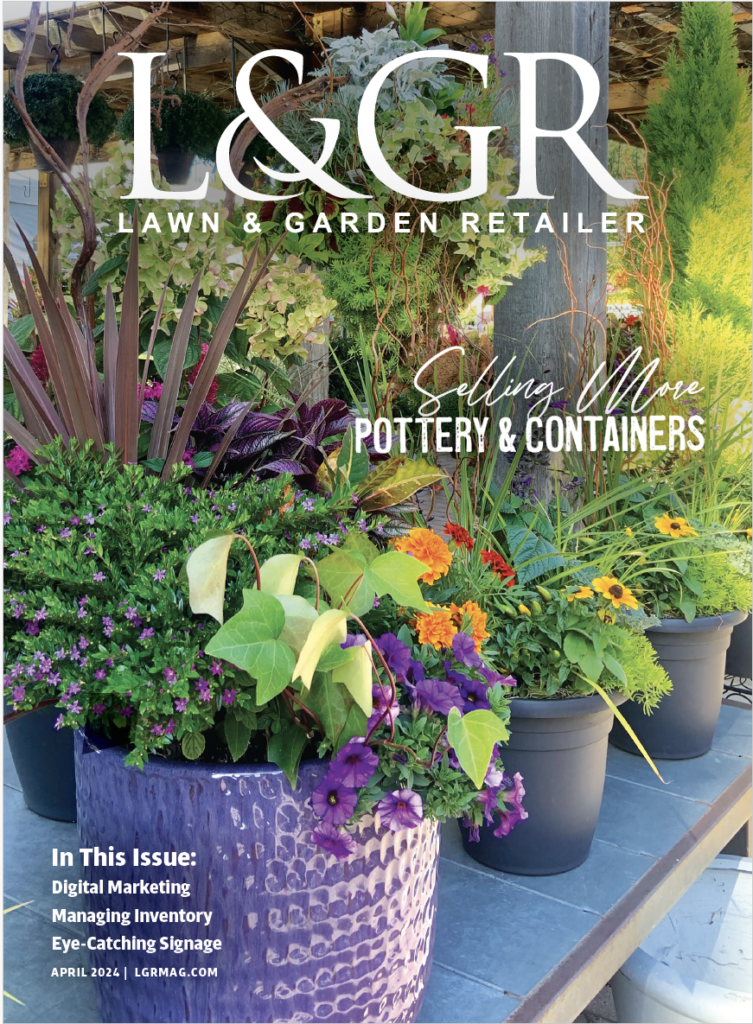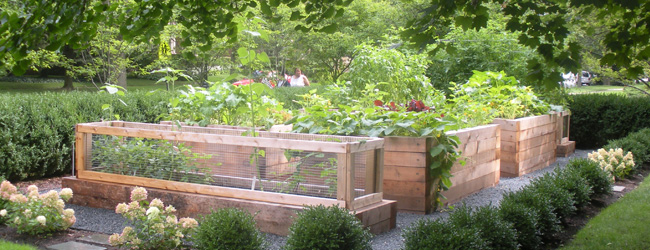
Well Prepared Soil & Students
Jeanne Pinsoff Nolan is the founder of Chicago-based The Organic Gardener, Ltd. (TOG). TOG designs, builds, teaches and maintains anything and everything related to organic vegetable gardening. Some of TOG’s clients are total beginners and others are Master Gardeners in need of an organic perspective both of which represent your customer base.
Despite her busy spring schedule, Nolan took the time to give us a peek into her clients’ minds touching on everything from common mistakes and interests to the ever-steady demand for edible gardening.
For starters, what’s your take on this vegetable gardening trend?
The grow-your-own food movement continues to increase in popularity and in relevance to the issues that are on so many people’s minds. The issues are not going away. Global climate change, childhood obesity and diabetes, junk food, disconnection from nature these things are not going away.
We’re seeing in our client relationships (and in research and data) that, combined, gardening and growing your own food is one of the things that offer us hope and the ability to make a difference in these very scary realities we’re all facing together.
So I see this movement to remain on the up and up. When you look at big picture data in population growth and climate change, this activity starts looking more and more like a necessity than, sort of, a cool thing to do.
In working with beginners, what common errors do you find yourself correcting in the beginning stages of your client relationships?
“You know, I tried to grow food last year. I threw some carrot seeds into my flower bed.” Statements like that are pretty common in my line of work. There’s a major misconception as to what it takes to prepare and plan for a successful vegetable garden. That is what I find to be the number one misconception. You can’t “just start” growing edibles. You need to have a strategy.
I have my five keys to planning and building a successful garden. I make sure this list is a starting point for all of our clients:
1. Emphasize the necessity of sun. Whether through conversation or a specific garden product, help your customers find a sunny spot at minimum 6 to 8 hours a day. This stumps a lot of people.
2. Soil preparation education. Your customers should strive for a soil 18 inches deep, well-aerated and nutrient dense. A lot of consumers don’t know that they need that, why they need it or how to achieve it.
3. Create well-defined walking paths. Shining light on this will save from a heavy human body compacting soil that was just prepared.
4. Provide attractive fencing options. Your average home owner buys chicken wire and ugly metal posts from Home Depot. But there are very attractive ways that can coordinate with all styles of homes to rabbit proof and deer proof a vegetable garden. These ways are not readily available to consumers, but should be.
5. Simplify the irrigation process. Some people love to hand water gardens. However, illustrating the advantages of an automatic, drip irrigation system with a battery operated timer can benefit every garden. Now when they
get that hour or two to spend in the garden, they can spend it tending to
the plants.
You mentioned that finding a sunny location in the garden “stumps” a lot of people. Is there anything else that commonly stumps new gardeners?
Another common mistake is missing the harvest window. I’ll get phone calls from people who ask: “When do I harvest my broccoli, it’s all full of yellow flowers.” People are hesitant to harvest. This is something to be aware of. New gardeners need help with timing and not just “days to maturity.” Provide large pictures of what a given vegetable should look like come harvest time.
Are there additional opportunities for independent garden centers to cultivate stronger relationships with new vegetable gardeners?
Consider programs to help facilitate non-profits and schools that want to start gardening programs. There are seed companies and even the online retailer/catalog Gardener’s Supply offers a 20 percent discount to schools and non-profits. They’re trying to speak to that audience and help them. I think that’s very cool.
There is a want out there to get started. Schools are always in need of materials to be donated or discounted.
If you help a school, look at the reach on that simple gesture. You’re reaching students, teachers, parents, and the community.
I’m currently working with a local junior high to put in a community garden and they’re holding a large fundraiser. The local IGC is donating 65 herb plants in terra cotta pots to be given out as a take-home at the end of the event. Those plants will have the name of the IGC on it. That’s another way to be involved and not break the bank.
Top 4 Interests
From schools and non-profit organizations to urban gardeners and busy families, the clients of The Organic Gardener Ltd. vary in size, shape and need.
That said, the company’s founder Jeanne Pinsoff Nolan says she’s found overlapping interests among the people she helps. Here are her top five:
1. Heirlooms. Consumers are showing a genuine preference of heirloom varieties and seeds over their genetically modified counterparts.
2. Gourmet is big. People are into gourmet arugula, haricot vert, french filet beans, delicate lettuces gardens are getting fancier and high-end, locally-sourced-food restaurants are a continuing to increase unique ingredient awareness and inspire gourmet dishes from gourmet gardens.
3. Extending the season. Most people are interested in season extension and want to get the most out of their gardening efforts. Aside from your typical crops of tomatoes, eggplants, basil, encourage cool season planting along with late summer crops for fall harvests.
4. Vertical gardening. The interest in vertical gardening continues to remain high. Place an emphasis on maximizing a small space by growing things in supports. Nolan uses supports for cucumbers, squash, beans, peas, tomatoes, eggplant, peppers, etc. She says it’s hard to find things that work well, and are also attractive.

Send your new vegetable gardeners out with more than product, but with a better understanding of what it means to be prepared.

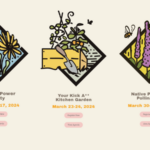
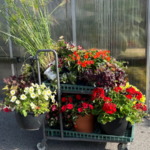

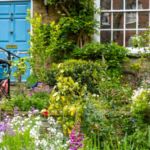
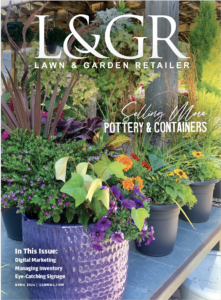

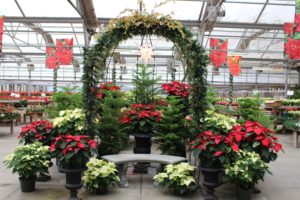

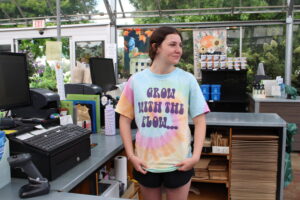
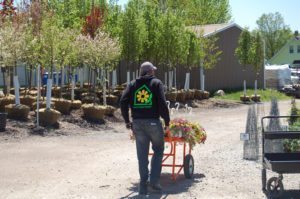
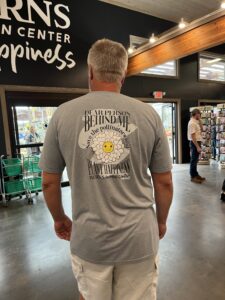
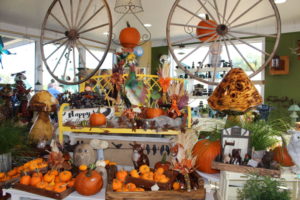
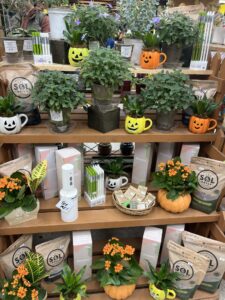
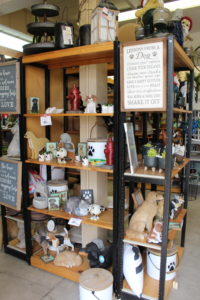
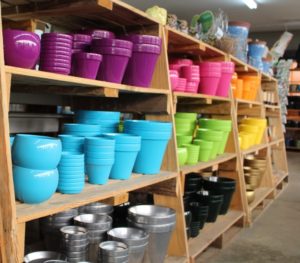
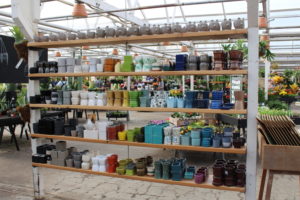
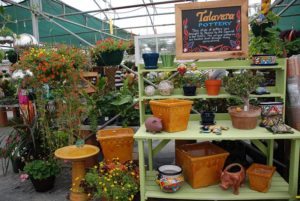
 Videos
Videos




